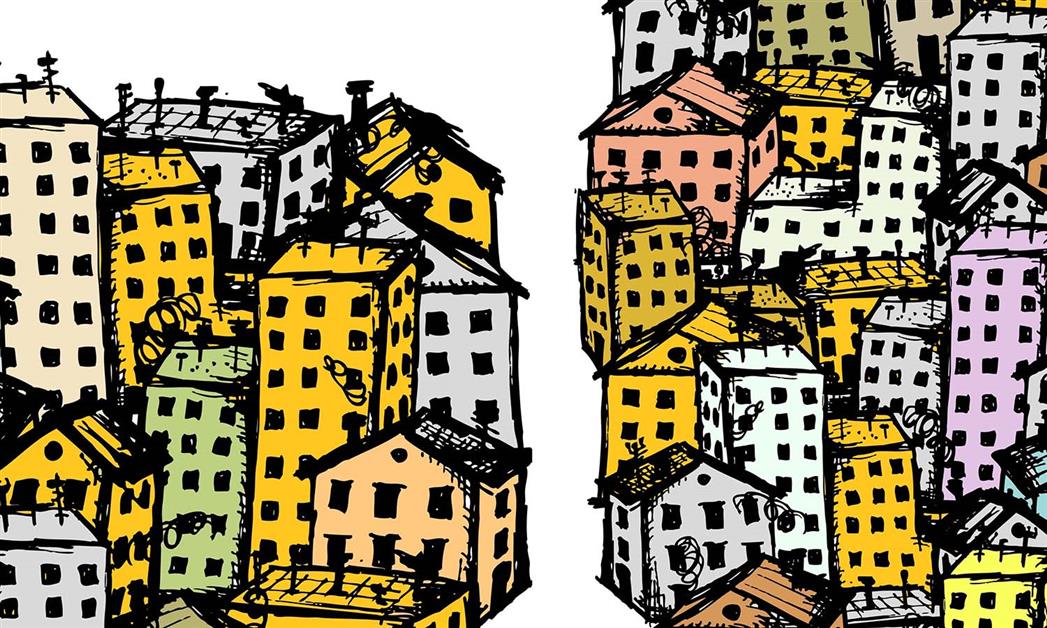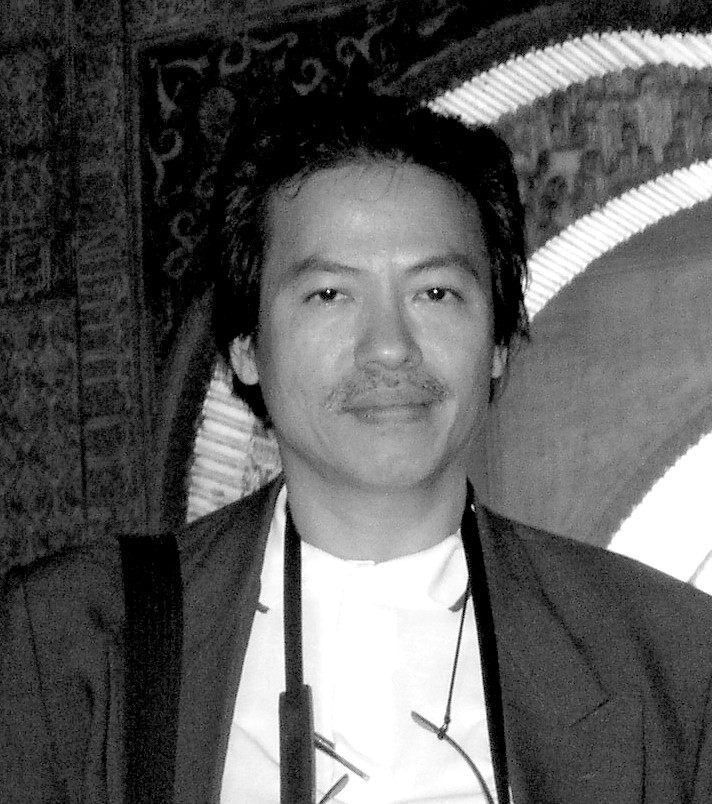Public housing policies vary all over the world. Here’s a look at what Penang has in store.
Public housing seeks to provide a roof over the heads of those who are most unable to acquire that for themselves on the open market.
Notably, Singapore’s government-subsidised Housing Development Board (HDB) flats make homeowners of more than 80% of the country’s citizens,1 and according to 2016 Hong Kong statistics, at least 44% of Hong Kong’s population live in public housing.2 In Vienna, the capital of Austria, the government is committed to restructuring, building and preserving public houses, and its public housing model garners accolades for affordability and availability.3
In Malaysia, the general view of public housing is unappealing – it is labeled as poor man’s housing, defined by vandalism and hygiene and safety issues. The more desirable affordable housing units provide an alternative but suffer from undersupply. Sadly, available units of public housing are moving into the unaffordable range.4
The Case of Penang
The Penang Island City Council (MBPP) has a public rental scheme that is open to people who live or work in the state. Unlike public housing, applicants have to go through an open tender process, and the rental price follows the market rate. There are four related housing projects – at Jalan Sungai Nibong, Jalan Kedah, Jalan Kampung Kolam and Jalan Irrawadi – that fall under this scheme.






